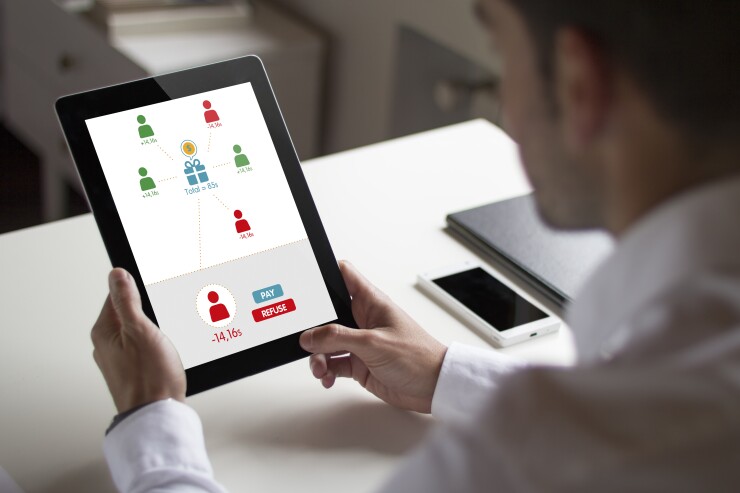Everyone hates expense reports. For one thing, regardless of how an individual tracks their expenses, there’s no “standard” way to report them.
If their organization reimburses them, it probably has its own unique reporting format that’s likely to be incompatible with most software that helps account for relevant and reimbursable business expenses.
Many companies still use Excel to track their expenses, with the format based on a template developed in-house or one of the many free downloadable templates available on the Internet. Yet a dedicated expense tracking, management and reporting application may be the most productive and accurate way to go, even if the organization has to pay for it. For
The reason for organizations to invest in these expense and tracking management tools is simple — an application may have desirable features absent from an Excel spreadsheet template. Of course, if all you or your clients need is a simple way to track expenses and mileage, an Excel spreadsheet may well serve your needs.

But more sophisticated management applications have features such as being able to scan in receipts and use OCR (optical character recognition) technology to pick up what the receipt is for, as well as other data such as the date, time and amount of the expense.
Many of the available expense management applications can perform this service simply by using a smartphone or tablet to photograph the receipt, while others require that you use a dedicated scanner or the scanner on a multi-function printer. Many applications can also automatically categorize the expense after it is scanned. It doesn’t get much easier than that.
And with those applications that are able to OCR a receipt from a photo, you can easily record your receipts on a business trip at the time they happen, and e-mail them to yourself or to the cloud-based application to capture and record the expenses as they are incurred.
Another useful feature is tracking of mileage, which uses the GPS functionality of your smartphone or tablet to record your business trips and calculate reimbursable or deductible mileage expense. Some applications can even recognize that you’ve traveled over a bridge or through a toll and add that to the travel expense.
Currency conversion is another desirable feature for travelers who venture outside the country, while credit card transaction import is a feature that almost everyone can appreciate.
Other features you or your clients may want to look for, depending on your and their needs, are time tracking, the ability to scan and attach supporting documents and receipts to reports for submission, and the capability to generate invoices for outstanding expense reimbursements.
If the organization maintains its own accounting system, the ability to interface with that system can eliminate having to manually post expense detail.
THE WHOLE BALL OF WAX
For frequent travelers, capabilities beyond tracking and management expenses are nice to have. Travel management capabilities fall into this category. Some of the available applications can help users find flights, book them, book a hotel, and create an itinerary. Some can even e-mail the user when a flight they have booked is delayed or moved to a different gate or terminal.
These features can be invaluable. And if an application does not provide them, companies can find these capabilities in stand-alone applications such as Concur’s Tripit Pro, which is available separately from Concur’s expense management software.
Finally, keep in mind that almost all of the expense management applications available are cloud-based, which makes them easy to access and apply while on the road.
Consider what mobile platforms are available and what support options and hours are offered. It doesn’t do users much good if they want to use the mobile capabilities of an application on their Android phones if the application only supports iOS. Fortunately, most applications today support both mobile platforms.
To help start a search for the expense tracking and management system that will fit your or your clients’ needs, we surveyed eight vendors who provide this type of application. The results are detailed in the accompanying chart.
Some of the vendors surveyed offer limited-time free trials, and if your or your clients’ needs are modest, two of the vendors we surveyed offer their service for free for a limited amount of transactions per month.





